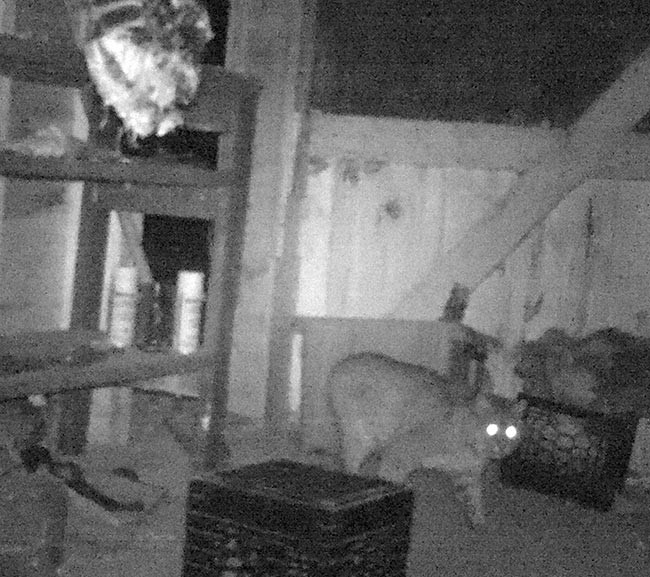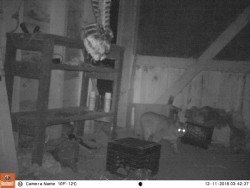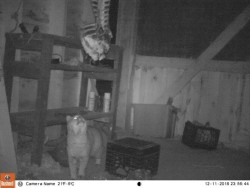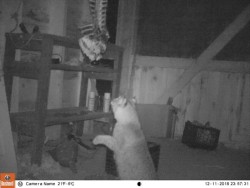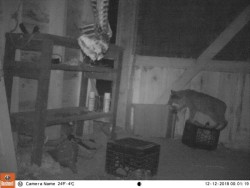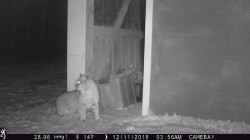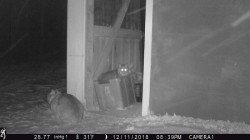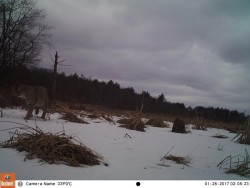Like a lot of rural kids, my introduction to furbearing animals came through trapping. It’s not an easy endeavor ever – especially when you’re 12 – so the powers of the animals you chase take on mythic proportions. I became vaguely proficient with muskrats, but mink were ghosts, beaver were too strong to catch and hold (which is what happens when you use weak-springed jump traps that your grandfather trapped with in the 1930s), and foxes were impossibly smart.
An animal that was mystic as well as mythic was the bobcat. I knew they existed, since I’d see their pelts at the fur buyers, but I’d never seen a track. Their rarity, their association with the big woods – woods way bigger than the 100 acres I trapped in my parent’s backyard – made them seem like the ultimate symbol of wildness, and the ultimate trapping challenge. I dreamed of the day when I would be freed from the bane of school and could get on with my career as a full-time mountain man, chasing wily bobcats around the deepest mountain hollows like Paul Errington.
Things didn’t quite work out that way for me professionally. But I never lost my interest in bobcats. I also learned a few more things about them in the following 30 years. For one, the phrase “the ultimate symbol of wildness” is not particularly apt. While they do – especially females with kittens – seek out rough, rocky country where they can escape predators, they don’t love deep snow, so they don’t get too far back into the hills in winter. The idea that they’re the ultimate challenge to trap also turned out to be not quite right. Most don’t have a great fear of people, and they can be . . . how to put this politely . . . kind of dumb. When I was done with school and had the means to live a modified mountain man existence, the management goals of the limited land trapping I did involved targeting coyotes near my home to try to restore a better balance between them and the other mesopredators in the area. If I accidentally caught a fox or bobcat I’d let it go, and on more than one occasion had a bobcat who wouldn’t stay uncaught. They call these animals “trap junkies” in the business – you release them unharmed, you reset the trap, and then the next morning you catch the same animal again.
The pictures here present a good example of the bobcat’s fearless nature. We’d left some venison scraps in the barn after processing a few deer in early December, and the next morning I noticed cat tracks. I set up the cameras and recorded a mother and grown kitten walking into the barn and making themselves at home. They fed on the frozen trim, on and off, for nine hours that first night, and returned throughout the week. The color picture in the gallery was taken a few years back in my boyhood trapping grounds where I used to never see bobcat tracks; today I see them there regularly. Populations are up all around the Northeast. Sometimes it’s a letdown when the mystery and wonder of youth is replaced with clear-eyed adult realism. But I’m more than happy to let go of the idea of an imaginary wildcat on a distant mountain in exchange for being able to hear my one-and-a-half- year old say “bobcat!” as we look at tracks in the driveway.


